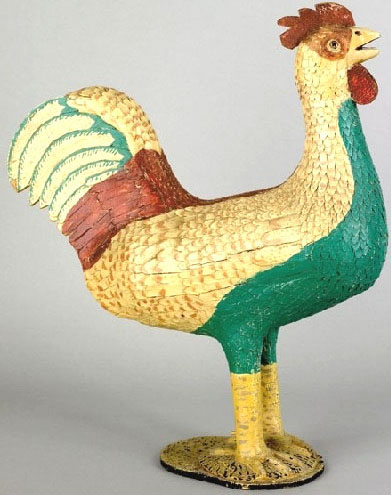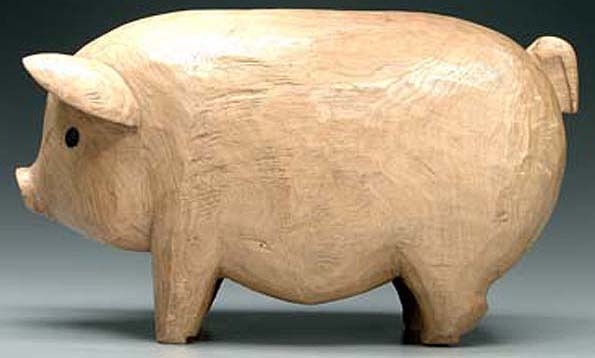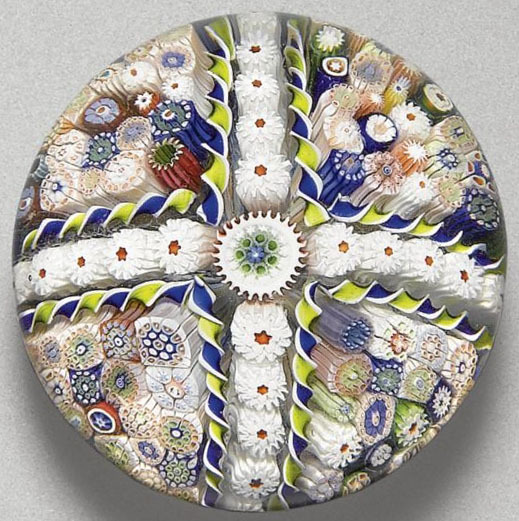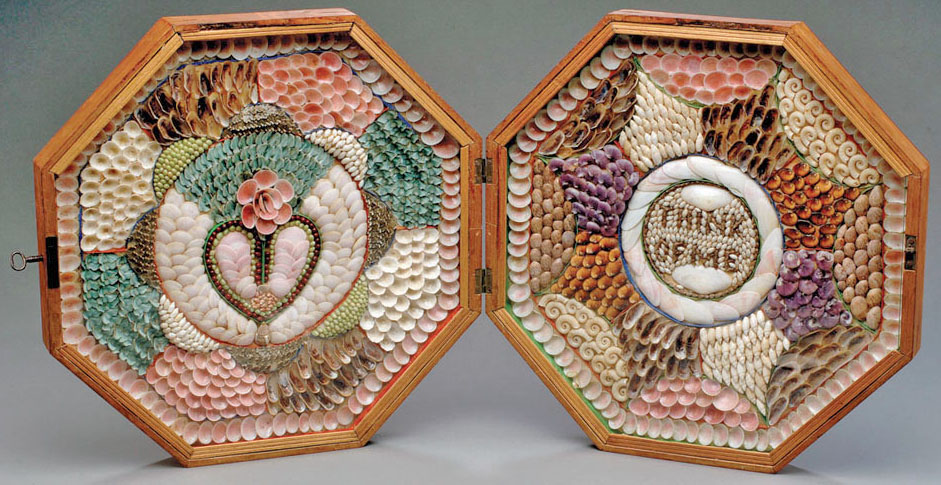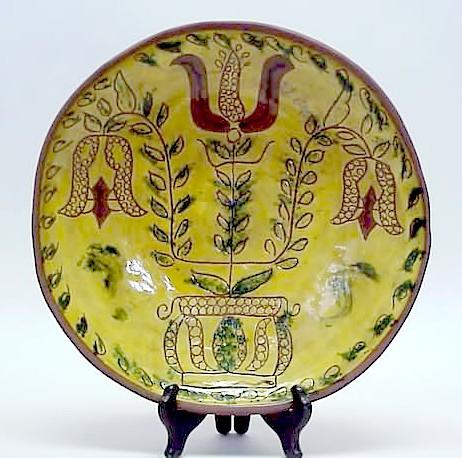One of the best parts of spring is the return of all the wildlife, but with a collection of folk art animals, you can have little critters around all year long! Folk art animals are usually carved from small bits of wood and decorated with paint. They come from all areas of the country, and while some modern carvers like Joseph Gregory (pictured here) have created names for themselves that command large prices, many of these little creations have no known origin. In most cases, their value is attached to the quality of the carving, the decoration and the originality, so they can be an affordable, charming collection to develop.
There’s certainly no lack of variety. You can take your pick from winter’s familiar old friends like the cardinal and the blue jay to the creatures of spring like squirrels and frogs, or you can create your own barnyard with roosters, ducks, horses and pigs. Some collectors like to build a collection of just one kind of animal, while some like more exotic options, such as tigers or penguins. In time, you may even want to create your own Noah’s Ark!
-Hollie Davis, Senior Editor, p4A.com

